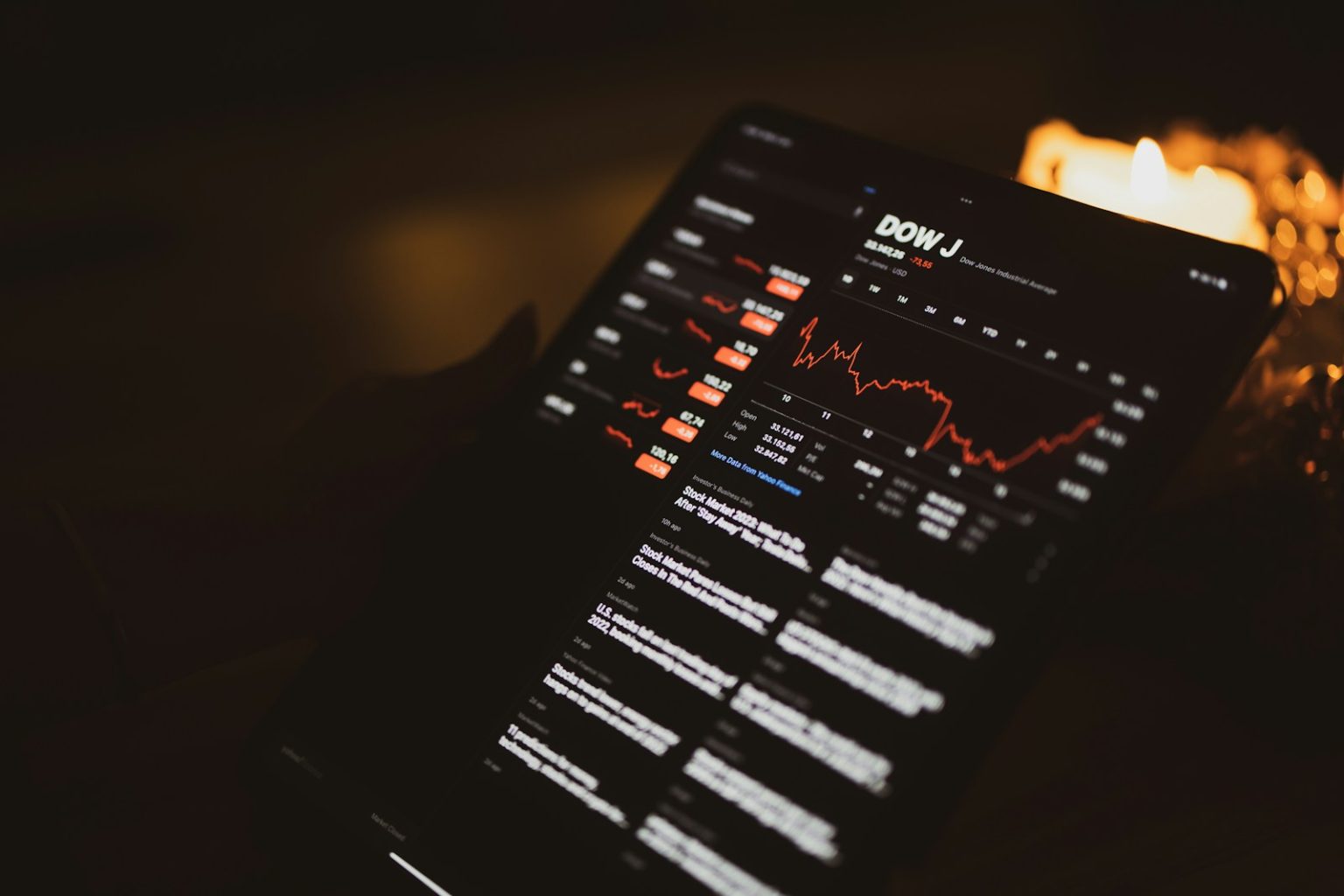Several major stocks posted substantial price movements during after-hours trading sessions, reflecting investor reactions to late-breaking news and developments. The extended trading period, which occurs after regular market hours, often sees heightened volatility as traders respond to earnings releases, corporate announcements, and other market-moving events.
After-hours trading typically takes place between 4:00 PM and 8:00 PM Eastern Time, following the close of regular trading on major exchanges. During this period, electronic communication networks (ECNs) match buy and sell orders without the oversight of traditional market makers, often resulting in wider spreads and more dramatic price swings.
Key Market Movers
Several companies experienced notable stock price changes during the latest after-hours session. These movements frequently occur in response to quarterly earnings reports, which many corporations release after regular market hours to allow investors time to digest the information before the next trading day begins.
Trading volumes in the after-hours market tend to be lower than during regular hours, which can amplify price movements as fewer participants are available to absorb large buy or sell orders. This reduced liquidity environment often creates opportunities for sophisticated investors but presents risks for others.
Factors Driving After-Hours Movement
Earnings surprises represent one of the primary catalysts for significant after-hours price changes. Companies that report results substantially above or below analyst expectations frequently see immediate reactions in their stock prices as investors reassess valuations based on the new information.
Other factors contributing to after-hours volatility include:
- Guidance updates from company management
- Unexpected executive changes
- Regulatory announcements
- Major contract wins or losses
- Merger and acquisition news
Institutional investors often dominate after-hours trading, as they have the resources and technology to react quickly to new information. Retail investors participating in this market should be aware of the increased risks, including wider bid-ask spreads and potentially misleading price movements that may not carry over to the next regular trading session.
Trading Implications
Financial analysts caution that after-hours price movements don’t always predict how a stock will perform when regular trading resumes. The limited participation in extended hours can sometimes result in price changes that reverse once the broader market opens and more traders enter the fray.
After-hours trading provides an initial reaction to news, but the full market response often develops during the next regular session,” notes a market strategist at a major investment firm. What we see after hours is just the first wave of positioning.
Investors watching these extended-hours moves should consider the trading volume behind the price changes. Higher volumes generally indicate stronger conviction behind the movement, while price swings on thin volume may prove temporary.
As markets continue to evolve with increasing electronic trading options, after-hours activity has become an important indicator for investors trying to anticipate the next day’s market direction. However, trading professionals recommend caution when interpreting these movements, particularly for stocks with limited liquidity in extended sessions.







